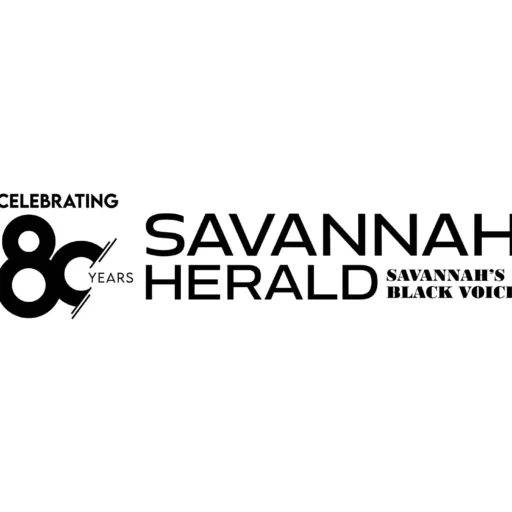Diversity and inclusion are corporate buzzwords today, but most Black professionals would argue that these ubiquitous words don’t translate to equitable access.
Aliyah Jones, a 26-year-old African American woman, took this further by carrying out an experiment, and her results were disheartening.
Things started when the marketing professional, who had been out of work for several months, launched an unemployment series on her LinkedIn page. The series chronicled how she navigated the highs and lows of unemployment humorously.
Related Post: Ruha Benjamin Talks how the Design of Technology can be Discriminatory
The series garnered traction on the platform and attracted other users who shared similar experiences. They flooded Jones’ DMs and comment section with personal stories and praised her ingenuity. However, things took a different turn when a user sent her an upsetting message.
The user told the Washington-based professional that her applications weren’t getting responses because she wasn’t corporate enough. “While they’re saying this, they’re giving me compliments, but also critiquing me by saying, ‘You need to be more corporate for people to see you,” she told Teen Vogue.
Jones felt that the message had a microaggression undertone. She wasn’t a newbie who was starting. She completed a digital design and digital marketing program at one of the most prestigious design schools in the country. In addition, she had over three years of product design and marketing experience, so her resume and portfolio were pretty stacked.
However, Jones still struggled to land a role after spending months applying for dozens of jobs. She wondered if her color played a role in the rejections. Eventually, she decided to try an experiment.
So she created Emily Osbourne, an AI-generated blonde-haired, blue-eyed White woman eager to advance her career in graphic design. Physically, Emily Osbourne was everything that Aliyah was not. Their commonalities were that they had the identical resumes, experiences, and skill sets, so the main differences were their names and race.
Related Post: Maximize Your Job Opportunities: Why AI is the Secret to a Winning Resume
For eight months, Jones assumed Emily’s false identity on LinkedIn, applying to the same jobs and messaging the same recruiters, all while using Emily’s profile. She had applied to over 300 jobs, and documented every step of the process, posting ongoing videos on TikTok and YouTube.
Jones’ findings revealed that Emily, the LinkedIn catfish, was receiving more callbacks and interview requests from employers at a much higher rate than Jones herself. Of all the applications submitted, Emily received interview invitations 57.9% of the time, compared to Jones’s 8.9%. Concerning job ghosting, Emily was least likely to be left on seen with a 31.7% response rate, differing from Jones’s 15.8%.
This showed Jones that the same recruiters who overlooked Jones’ messages were returning Emily’s, she says. “I wasn’t shocked, but I was,” Jones painfully recalled in her now-viral Catfish docuseries. After discovering the rise of Emily’s highly sought-after candidacy, Jones decided to end the social experiment to protect her deteriorating mental health.
After publishing her discovery and her true identity, recruiters began to respond to Jones herself. “Emily was living the life that I wanted,” Jones says. “She [Emily] wasn’t assigned to do any assignments or case studies, meanwhile I was given a laundry list [to get the job].”
Since her experiment went viral, Jones has gotten an influx of mixed reactions: “A lot of the people that have been making [wild] comments are coming from false profiles. I can’t even see their faces,” Jones says. “They’ve been telling me that my personality’s unhinged and that I’m unprofessional.”
Related Post: Why Silicon Valley Is Failing Miserably At Diversity, And What Should Be Done About It
She also received a ping from LinkedIn employees, “This particular person messaged me, and it was actually a Black worker,” she says. “He said that he’s seen my video and it’s been spreading around their headquarters.” That wasn’t the only LinkedIn employee who reached out to Jones.
“Many told me that they were sorry that I felt the need to go to those lengths, and they’re having discussions about it,” she says. “Overall, it was a positive conversation from a lot of the LinkedIn employees that have reached out to me.”
Another LinkedIn spokesperson told Teen Vogue that staff members regularly engage with users on the platform. “We believe people with equal talent should have equal access to opportunity and ensuring our products help all our members.”
Main Image: Stock Photo via Canva

